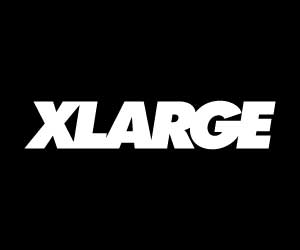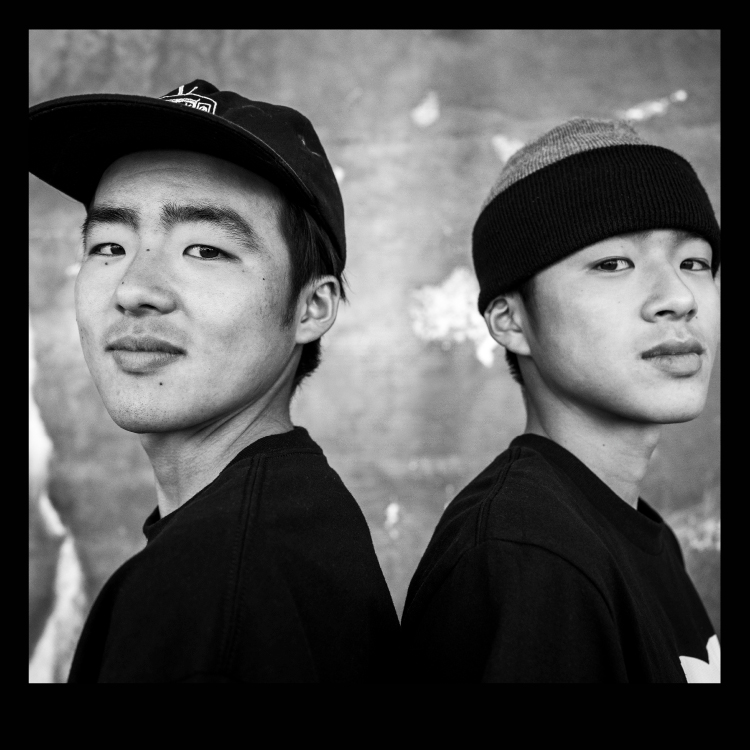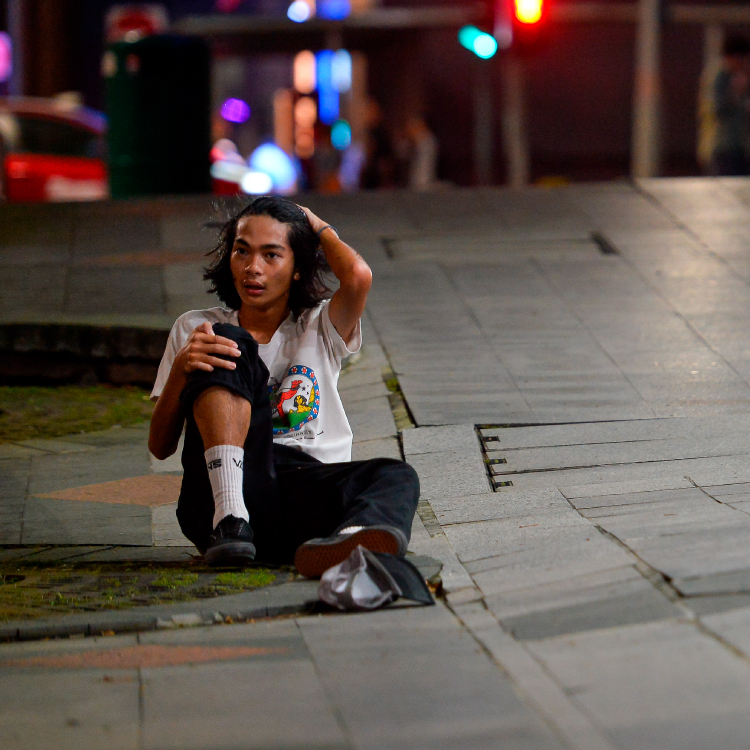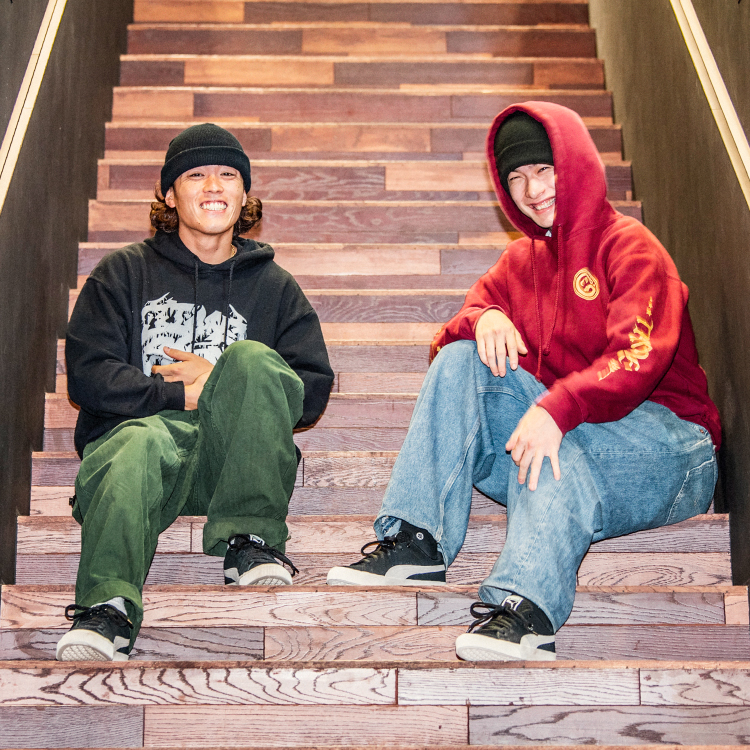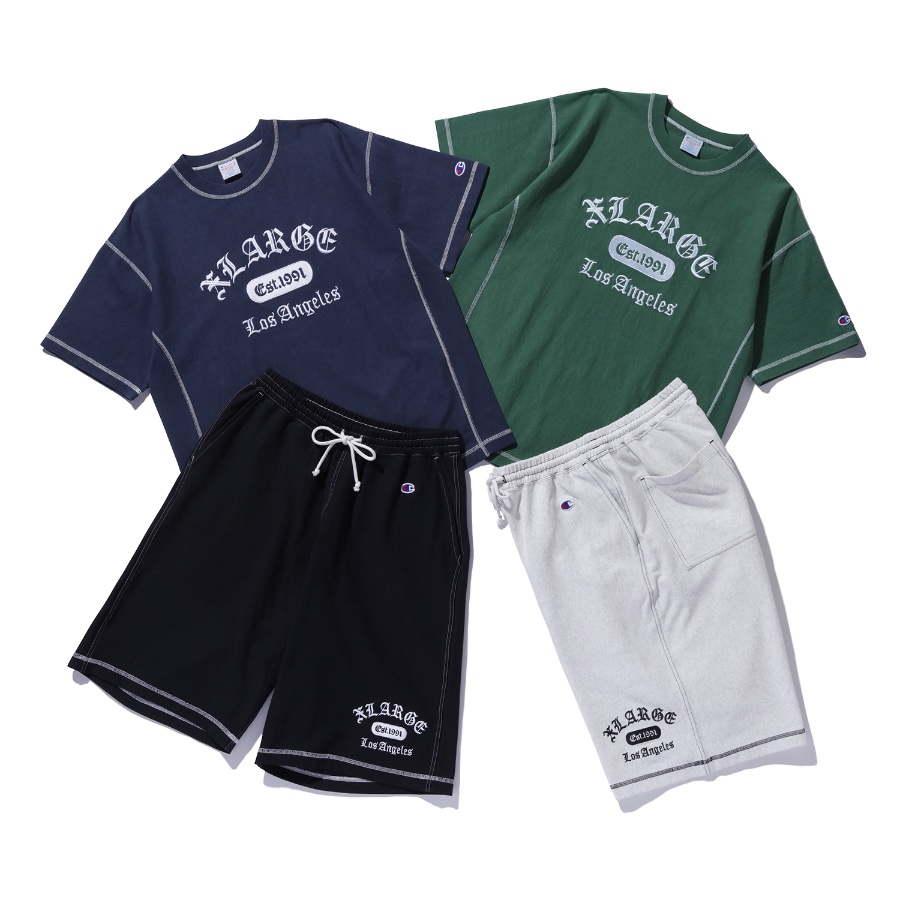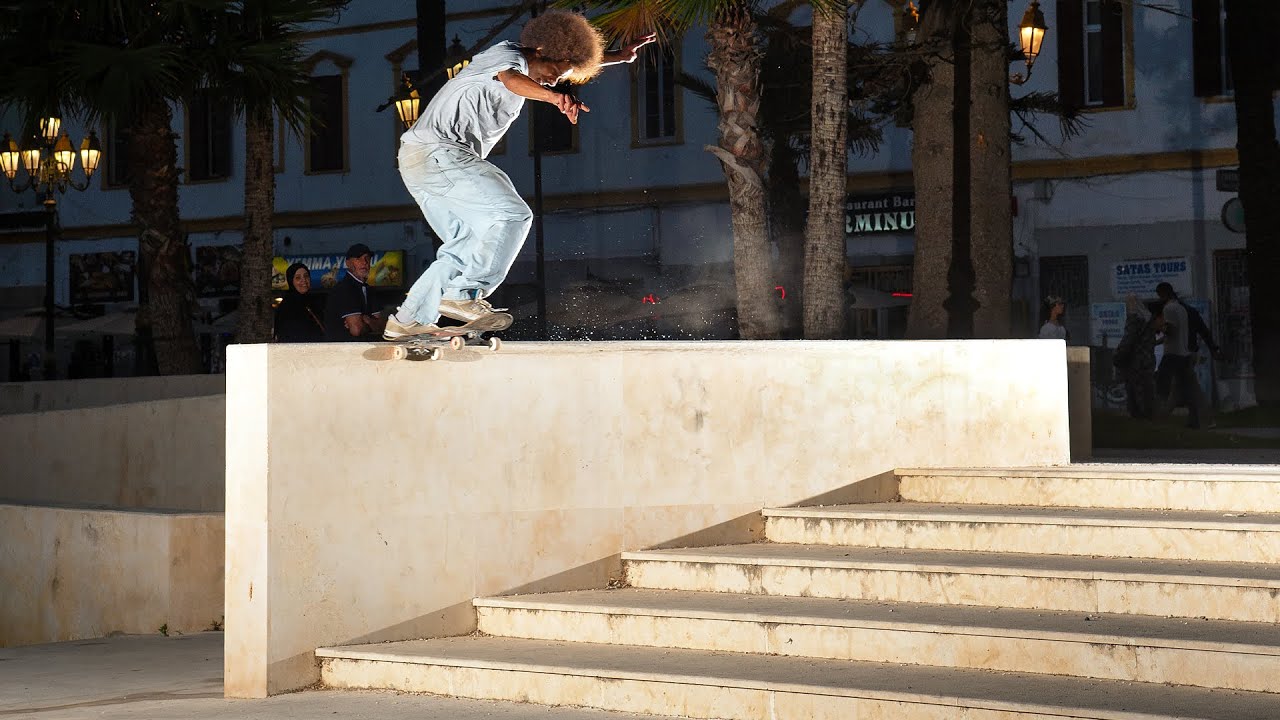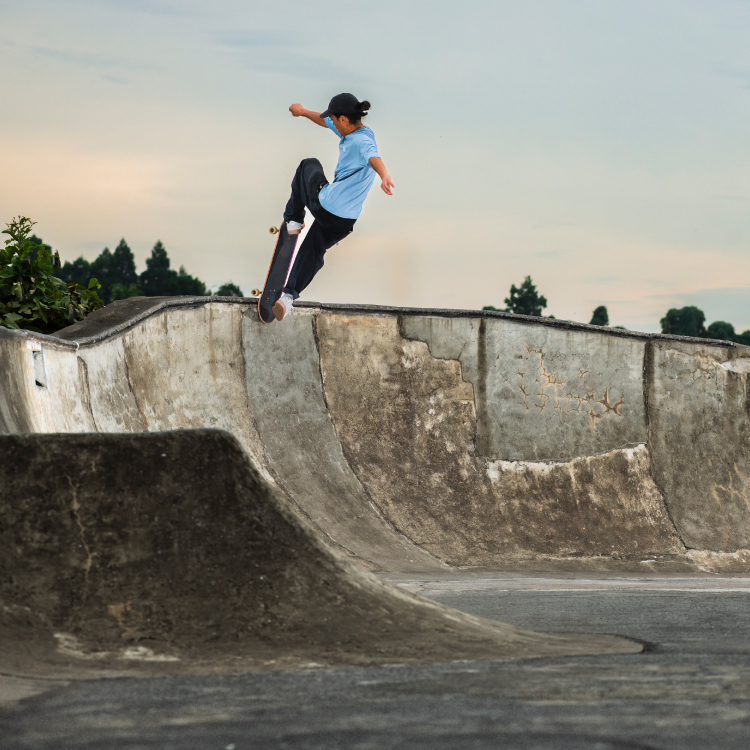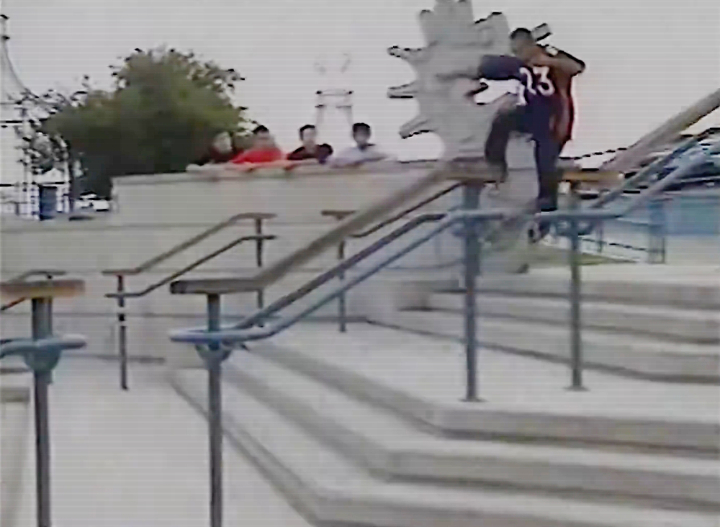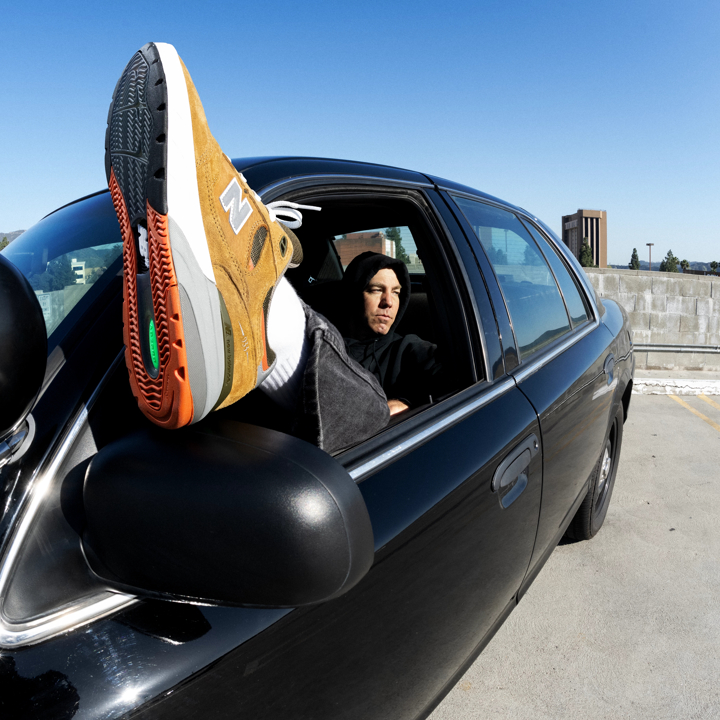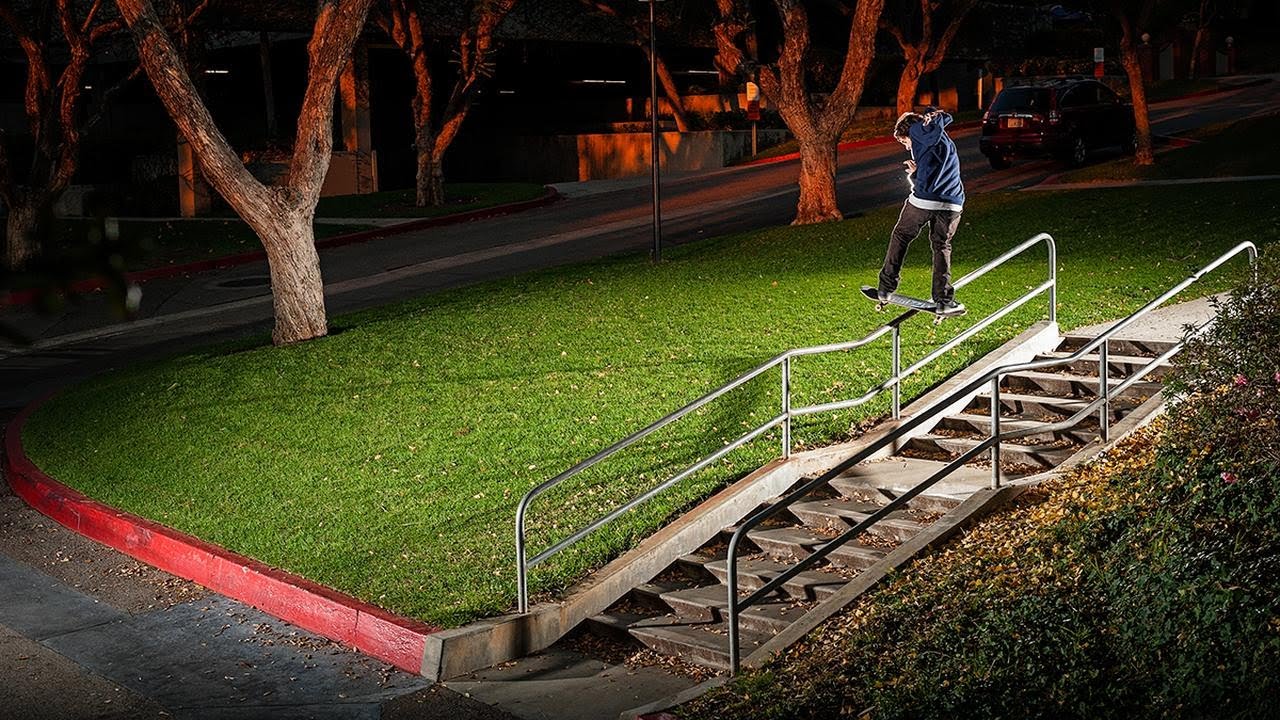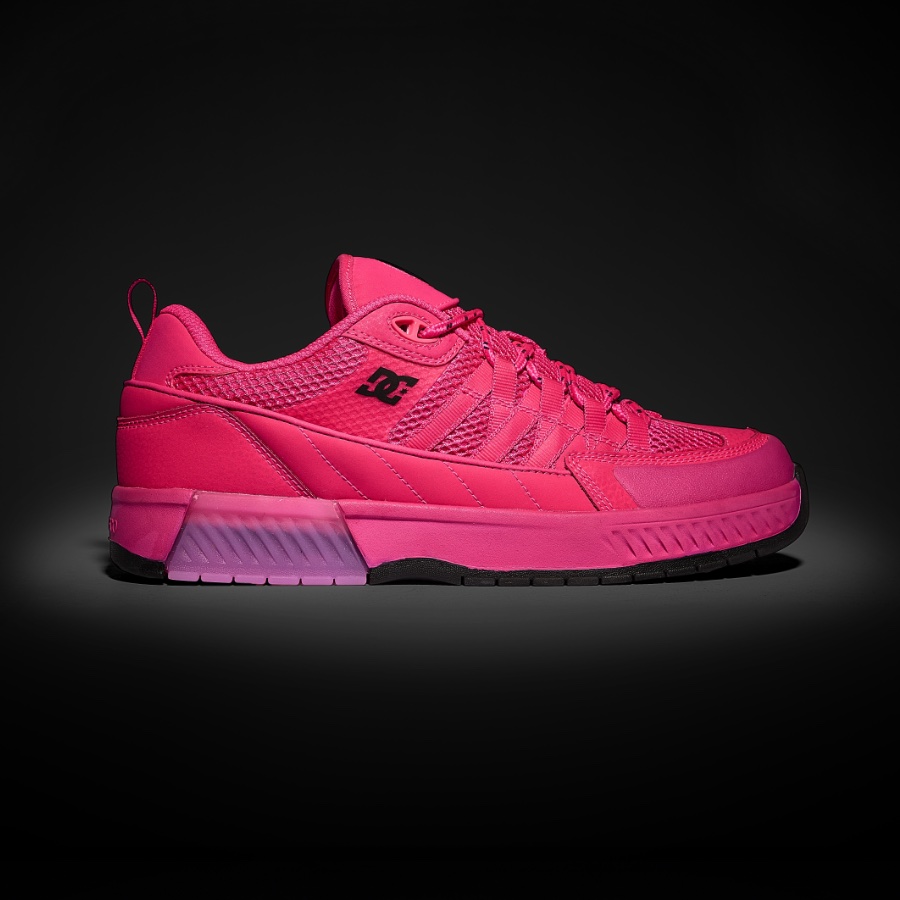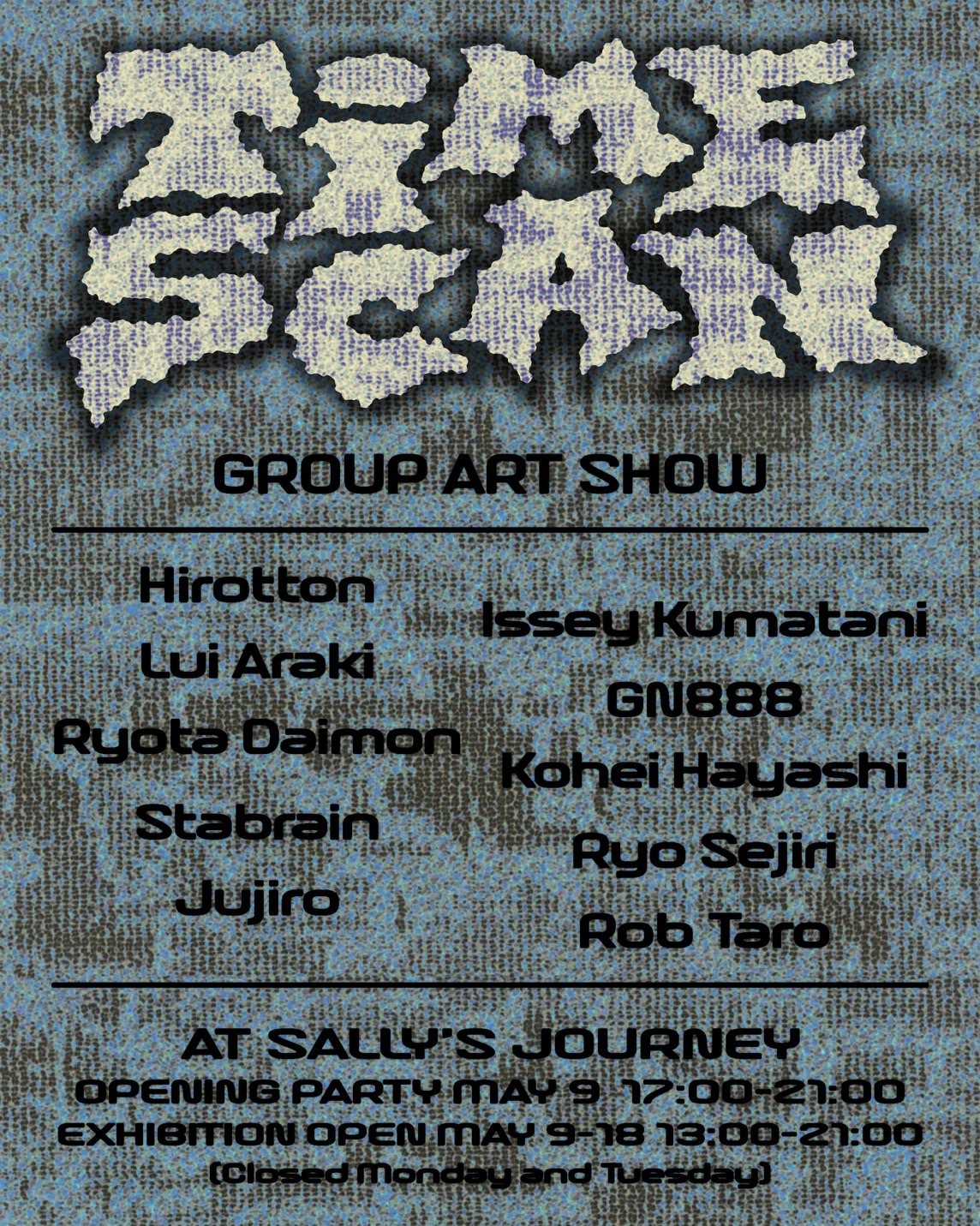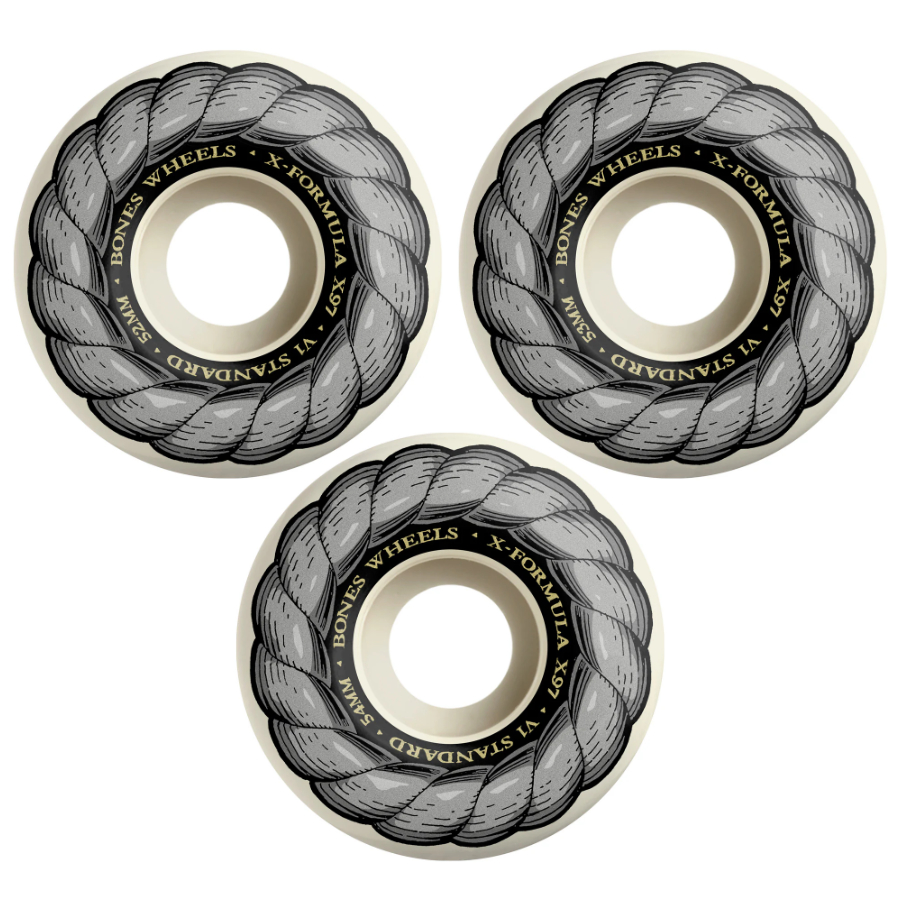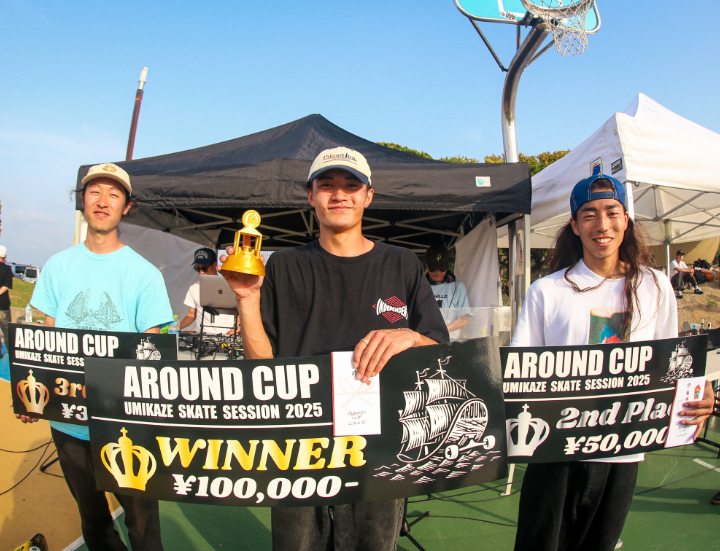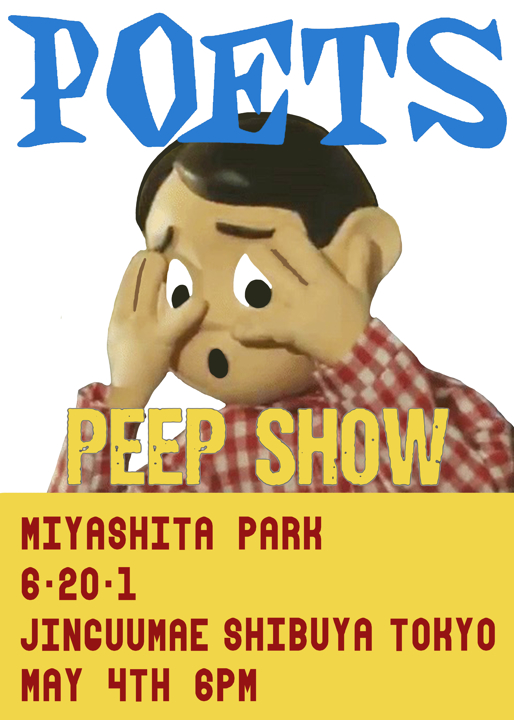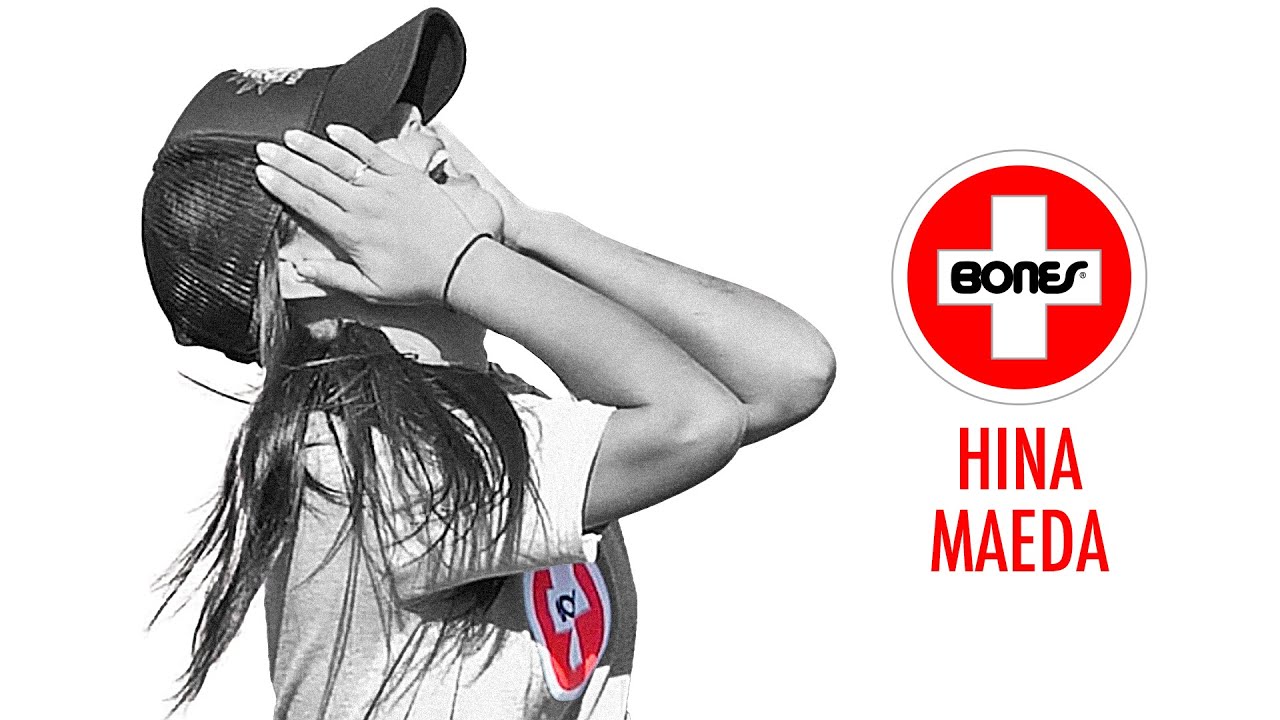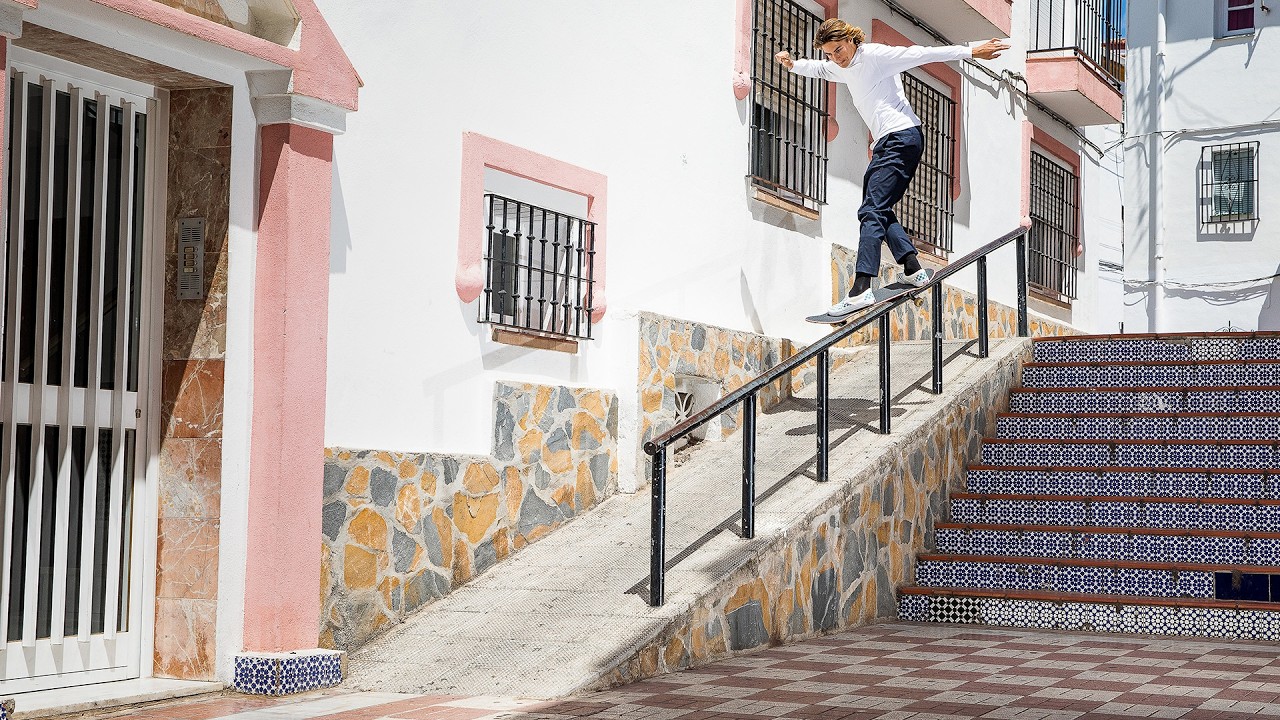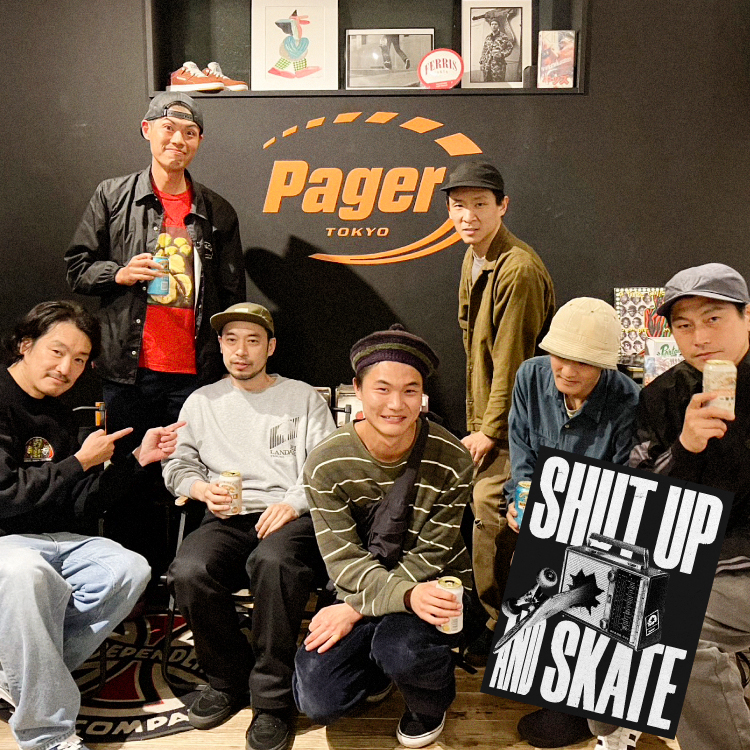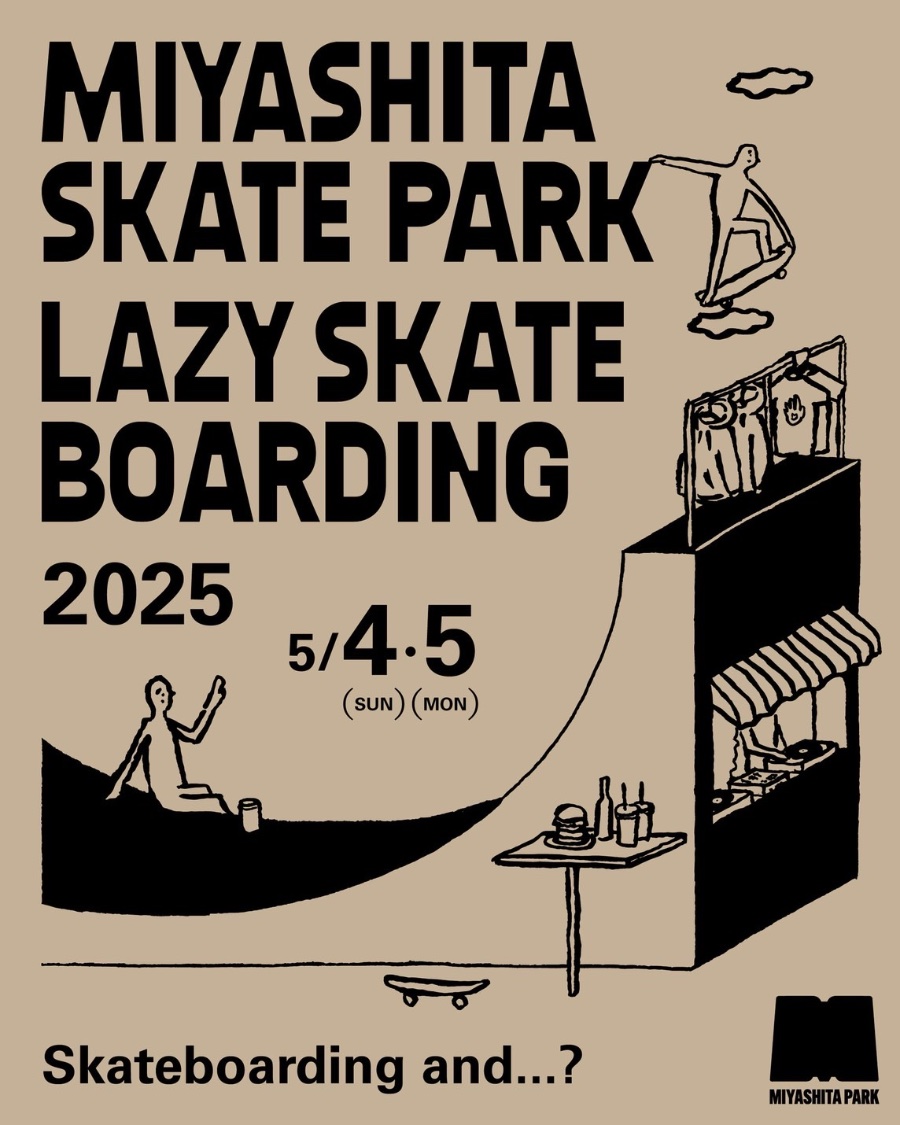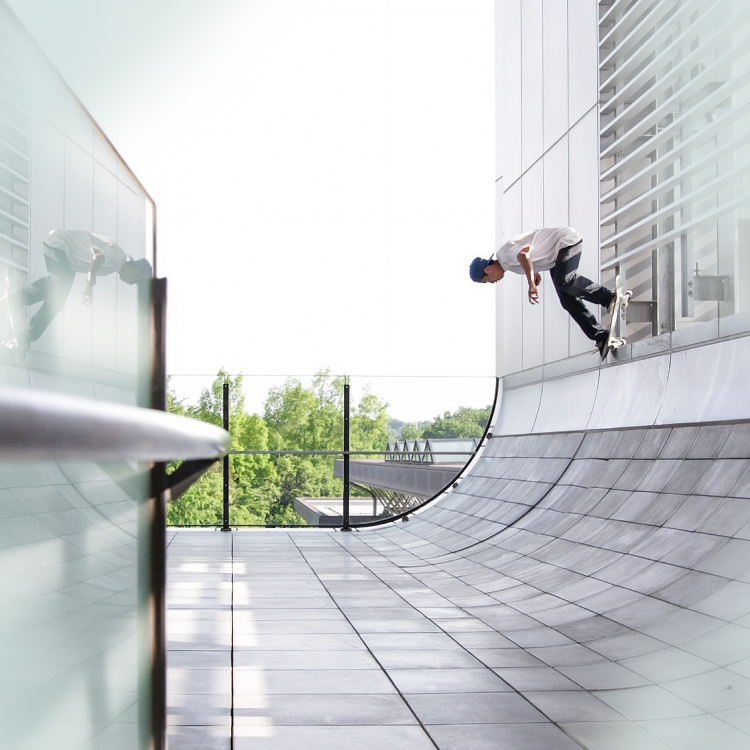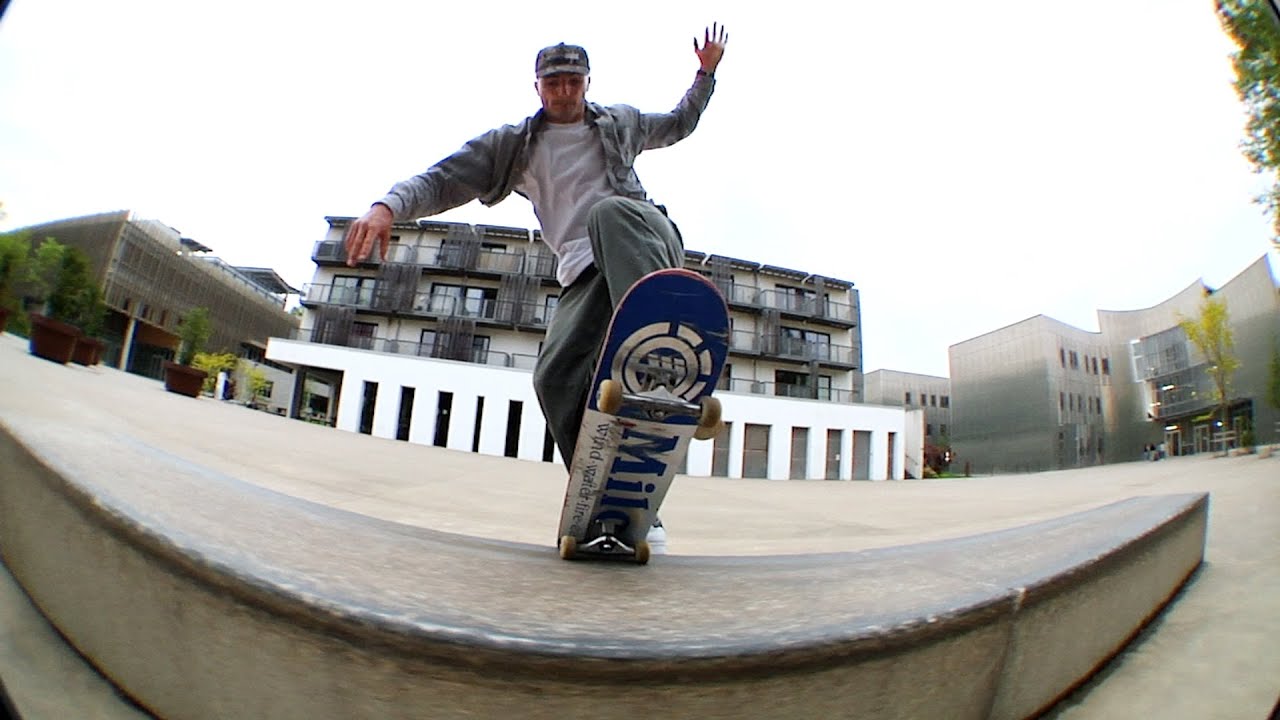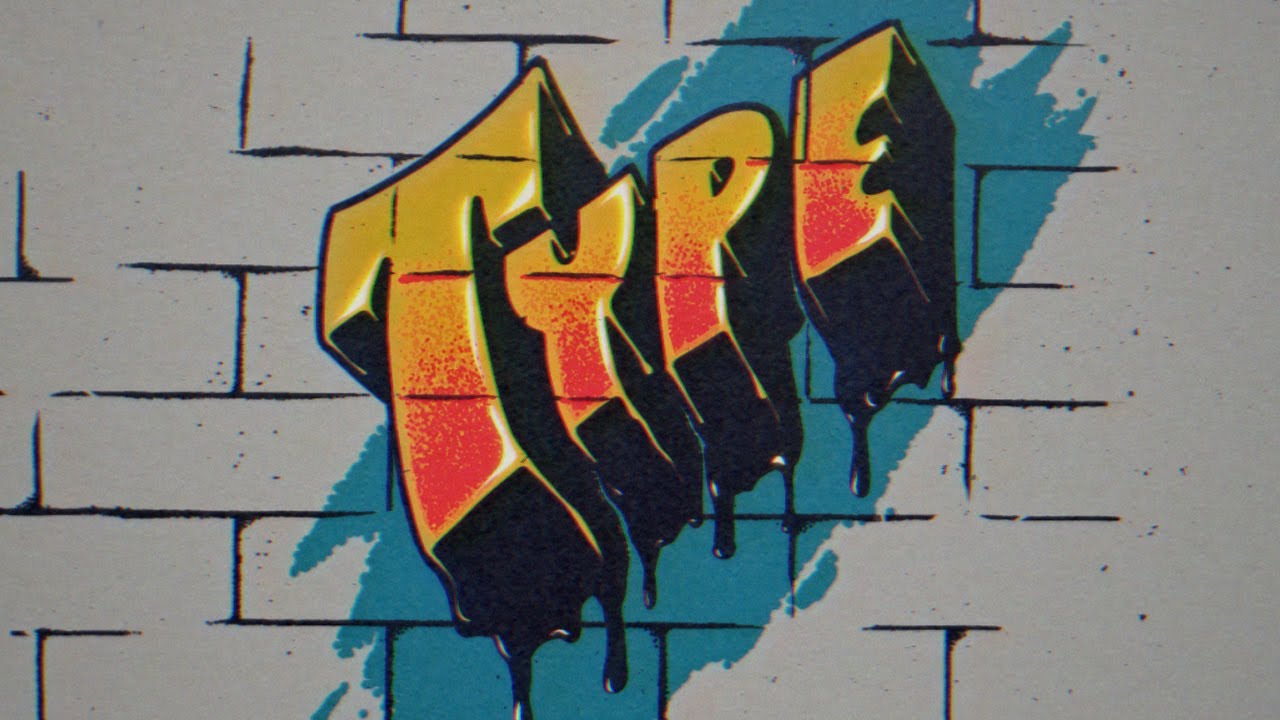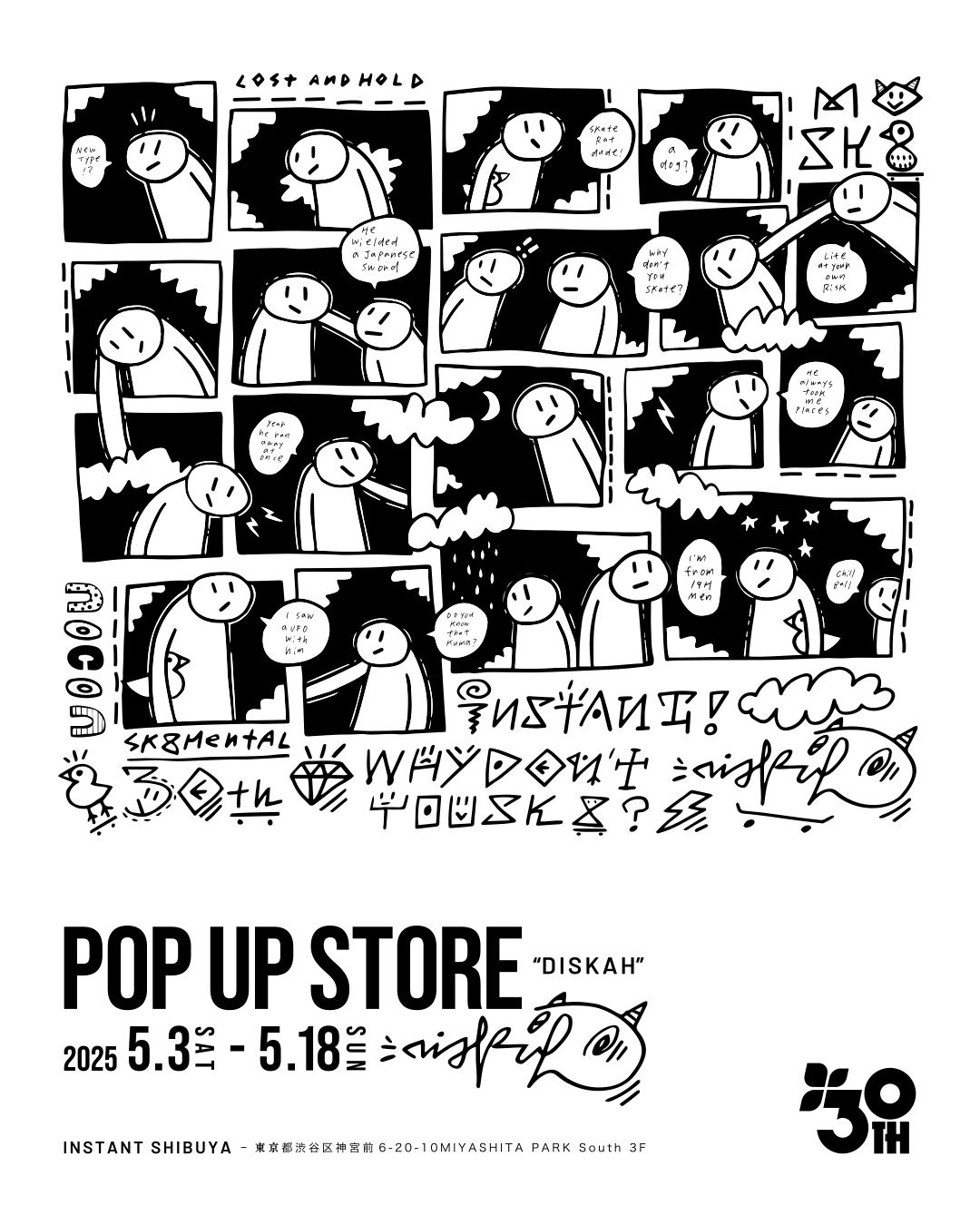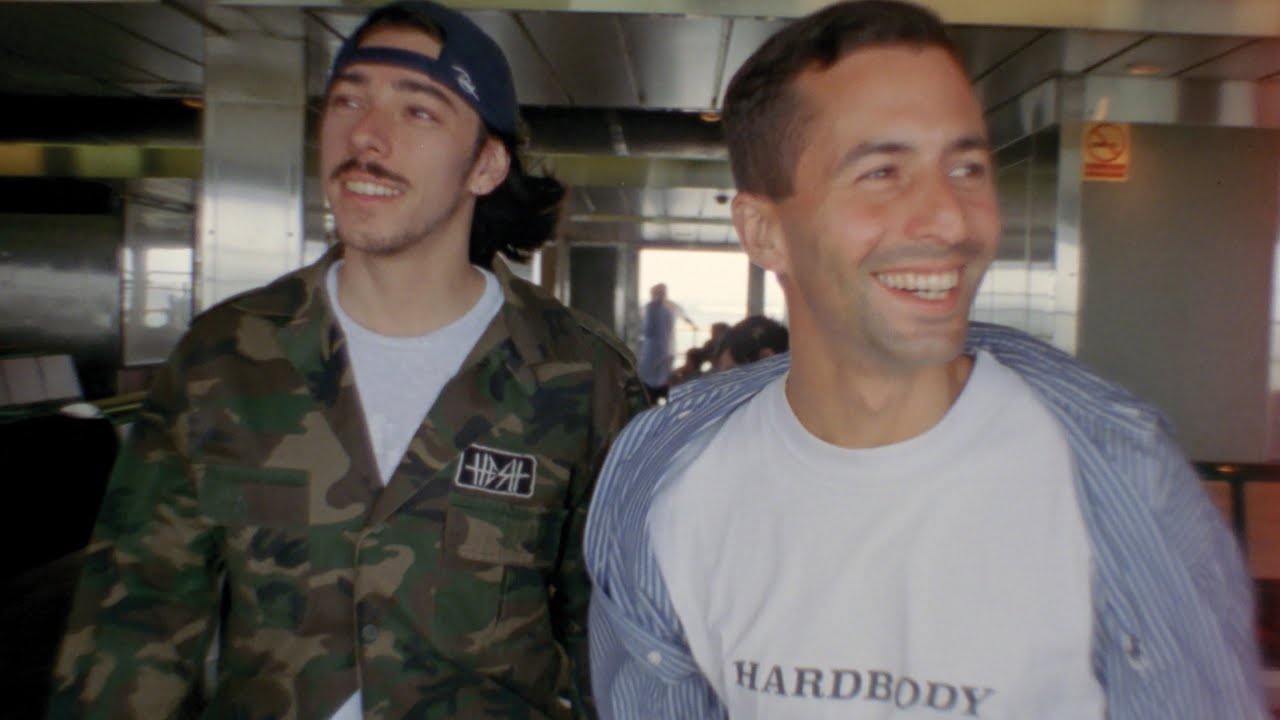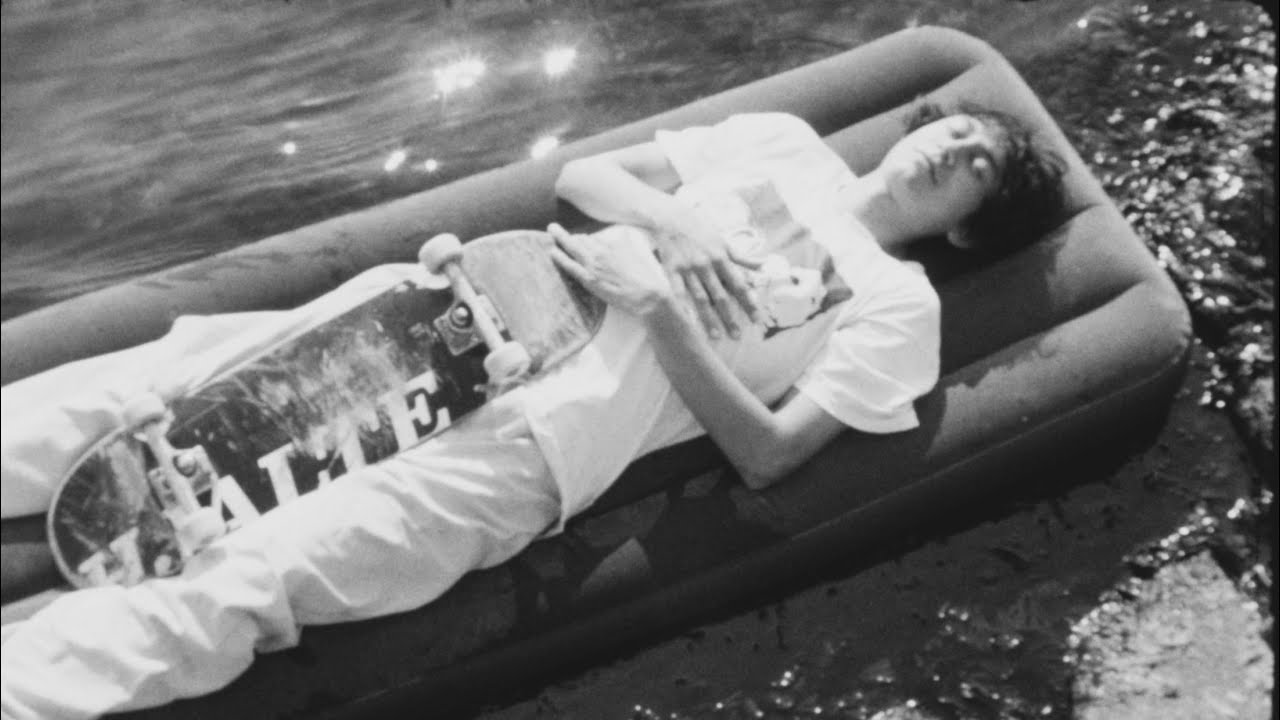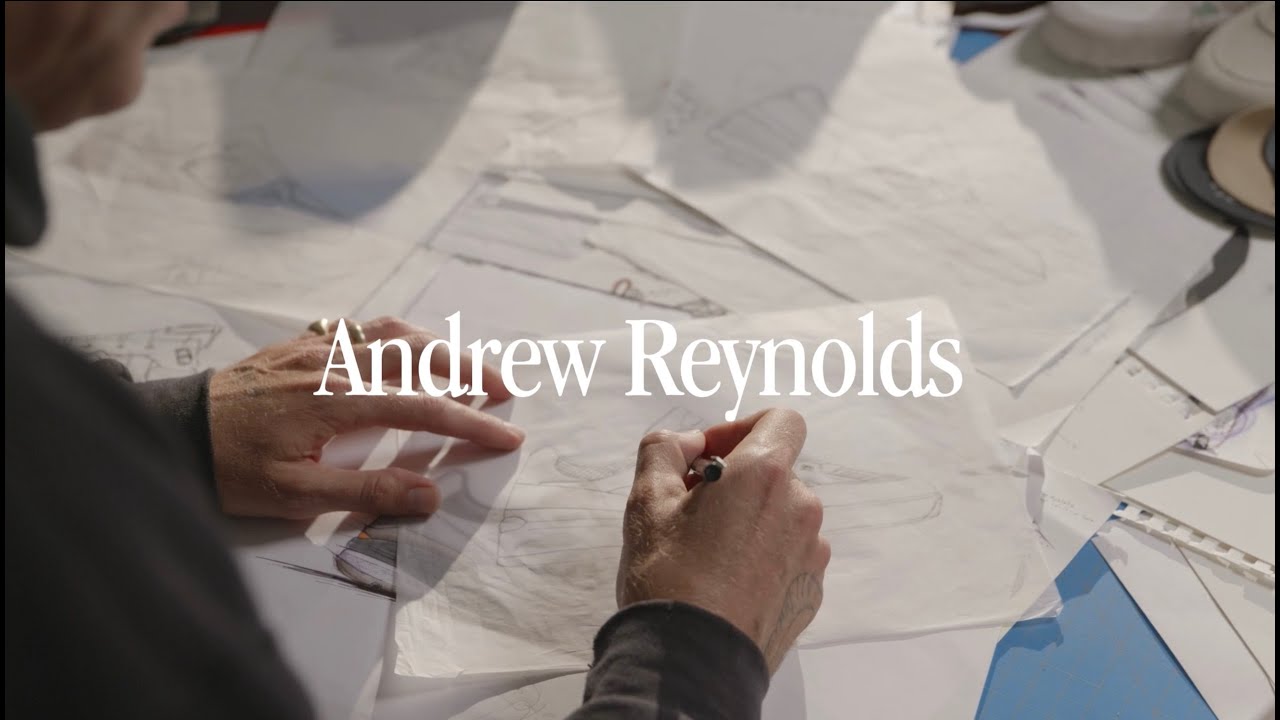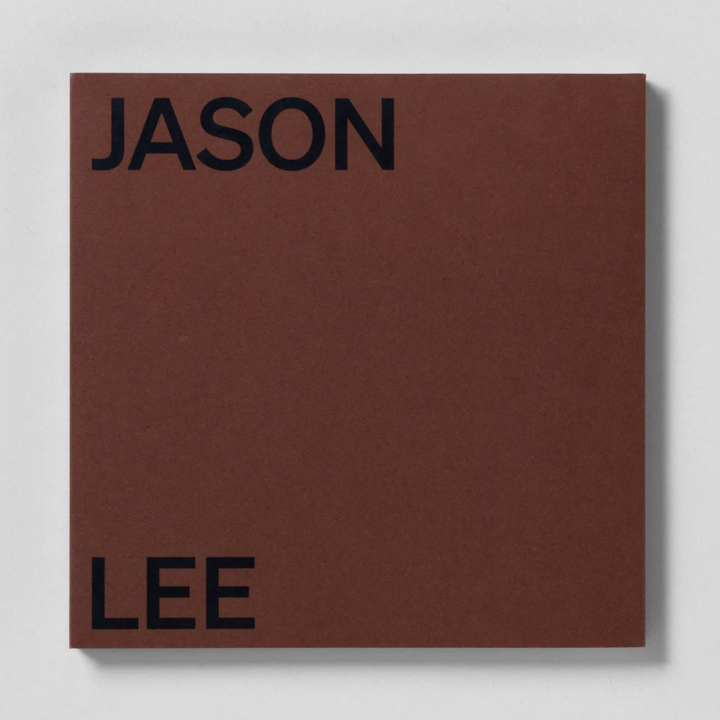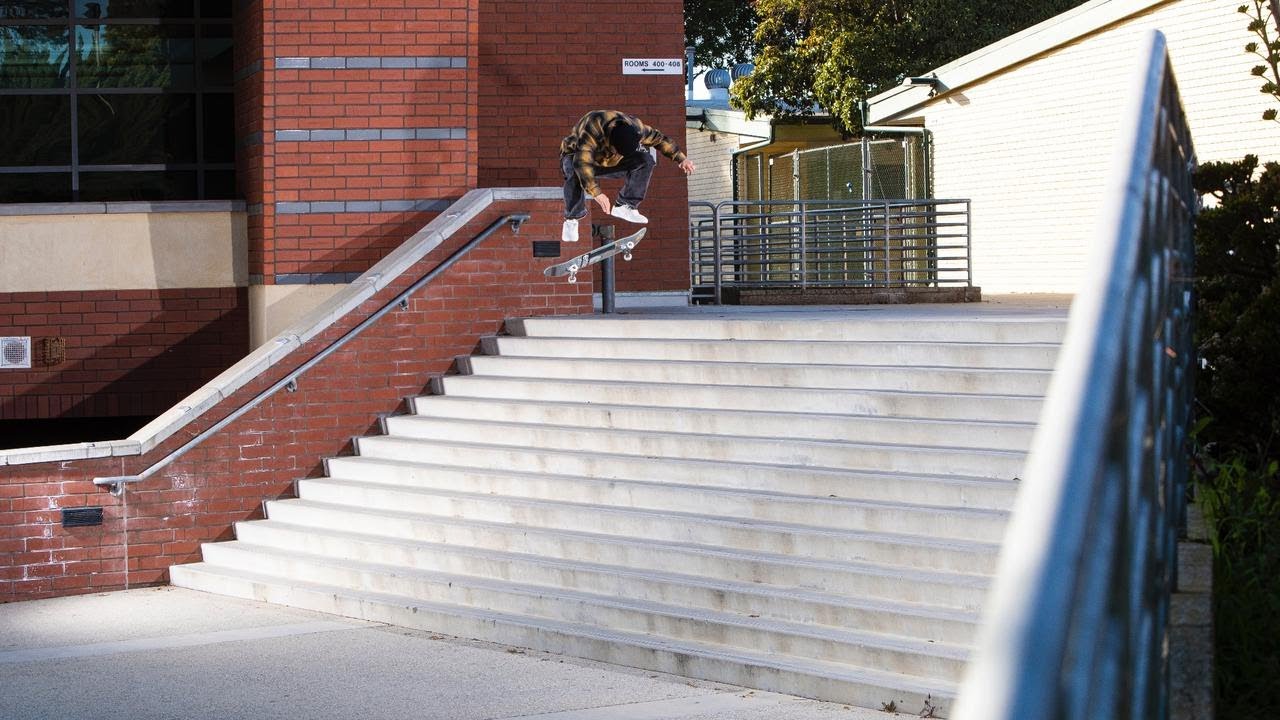30 years since his debut as a child prodigy. Inducted into the Skateboarding Hall of Fame last year, Guy Mariano looks back on his legacy.
──GUY MARIANO (ENGLISH)
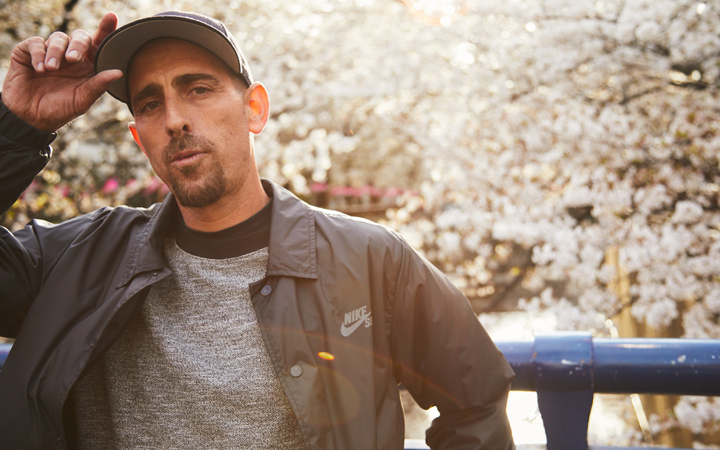
[ JAPANESE / ENGLISH ]
Photo: Junpei Ishikawa, Special thanks: Nike SB
VHSMAG (V): You joined Nike SB in 2015. What was the story behind the move?
Guy Mariano (G): I just think there was a lot of changes going on at Girl. And even with them, I like what they're doing now. I think they got a lot of young riders and I think that's good for their brand. You know what I mean? I'll always respect my time at Girl and Lakai, but it was time to move on. I think it worked out better for me and it worked out better for them. I think it was good for both of us, it let them kinda go on with some new riders and allow them some opportunity, you know what I mean? I think I gave a lot of people over there some opportunity.
V: What's it like riding for Nike SB?
G: As you know SB has some of the best riders in the world, you know what I mean? It's insane, I'm traveling right now with Yuto, Ishod and Shane O'Neill. These are, to me, some of the best skateboarders in the world right now and I'm just honored to be here. Yuto is someone I've followed for a while. I've just been really impressed. I see him skate, he's just so stylish and so good and has so much potential. So I think it's a quality team, Nike SB makes quality product and they really invest into their riders and their shoes.
V: I wanted to talk about your trick selection. You go super tech. Sometimes the more technical you get the less style it has, but that's not the case for you.
G: I think it's just a personal thing and sometimes it's about who you work with. Like, you get a good filmer that you have a good relationship with, those guys will be like, "Hey, I think you could do it better." I think working with Ty Evans, he pushed me to make some of that tech stuff look really clean. Sometimes I would do a trick and he'd be like, "I think you could flip out of that or I think you could do this," and he really helped me to do that and actually still kept it from getting too ugly.
V: You've got the tech and you've got the style. In fact, last year you were inducted into the Skateboarding Hall of Fame for the '90s era.
G: Yeah and you know what's funny? I know some people might think that's cheesy, like "What is Skateboarding Hall of Fame?" But when you actually go there and you have all those people such as, Lance Mountain, Jeff Gross and Steve Caballero... Those were the people that I looked up to and it was an honor for me. It was one of my prouder moments. I brought a lot of my old friends and family, I had Gabriel Rodriguez and Paulo Diaz... I think it meant something to them too. I'm really honored for that.
V: What's special for you about the '90s?
G: It was when skateboarding turned to more street skating and when street skating was getting more attention. It was when skating was going through a lot of changes. When I think about the '90s, sometimes I think about Kareem Campbell, you know what I mean? When he's doing a line and he's adjusting his pager inside the line and stuff like that. One thing about the '90s though, it was tough. Skateboarding was very strict and it seemed like it was only going one way. I like skateboarding right now because it seems like you could do whatever you want. A lot of diversity in skateboarding now, whether it's what you're wearing or what you're doing.
V: Has the process of filming change over the years? I hear you're very precise about what and where you do stuff.
G: As I've gotten older, I like to just get it done. Maybe I'll learn a trick first and then I hit somebody up to go film it. Now that I'm little older and I have a family and a kid so, maybe I want to be done before noon. In traditional skateboarding you hang out with your friends all day, that's what you do. You might skate in one spot but you're getting coffee or hanging out here for two hours and maybe after the session you're hanging out for two hours. Now that my skateboarding not having as much time, I like to just get it done, you know... Also, I don't want to waste a photographer or a filmer's time. Skateboarding's changed, it's weird. I think it's at another time and everybody got really comfortable with their iPhones. But I think we also lost a big part of those video parts that filmers put together, which is an art form. Someone like Bill Strobeck that has that look. That means a lot, how it's captured! I don't want to see everything on an iPhone.
V: Talking about video parts, all of them you put out, they're all quality, all golden. What would you say it takes to make a good video part?
G: You have to know who you are as a skater and where you want to go. There's so many skaters now that if you're slacking, you're going to be taken out by the next person that's coming up. It's a very cutthroat industry. Back in the day you used to be able to get hurt and no one would know. But now, you do something and you're out for three or four months and it's like, "What happened to this guy?" It's very different. But actually, filming those video parts, I think it's about who you work with. People like Greg Hunt, Ty Evans, Bill Strobeck. I have to give a lot of credit to the people like them, not just the skaters.
V: Could you describe your video parts in a few words? Let's start with Video Days.
G: That was at a time in my life where skateboarding was just very natural. I was just skating with my friends and having fun. Oh, that goes back to the last question. I think that when you're having fun skateboarding, that translates on film. "What's dope is seeing people have fun with their friends," that's kind of a quote from Jake Phelps right there. I think in that Blind video you saw a person having fun and it translated. Also I think that there was a lot of younger kids that were skating and you only had a lot of older pros, so I think it gave a lot of kids hope. You could be a little kid and make it too. I think that was inspiring for little kids.
V: What about Mouse?
G: Mouse was another part where I was progressing, I had a very progressive year. I'll say this about Mouse, "I missed out on Goldfish because I was hanging out and partying." It really hurt me to see all my friends on the video and not be out there because I felt that I still had some skill. When the next video came around I think I had something to prove and I grew up a little bit, I had a little bit more power. I was also having fun and that translated. That was the first video too, where I had a very special bond with my filmer, that was Tim Dowling.
V: Yeah, I watched his Nine Club episode.
G: Me and Tim, We were really good friends. It wasn't like, "Hey I'm going to go out and film a trick." It's just like, "Let's go skate!" And he's a really good skater himself and if it happened, it happened. And that's where I think I suffer now, it's like "Hey I think I'm going to do this trick," and when you see it, it's like, "Damn man, it looks like a job." So to me, Mouse was about a connection with the filmer and having fun.
V: Fully Flared?
G: Fully Flared. Missing out on a bunch of years of skateboarding, I was really nervous trying to film again and was really insecure about myself. I think that's when Ty Evans didn't take no for an answer. I was like, "Maybe I'll do a couple of clips." And he's like, "You're doing a full part." I'm like, "Dude I don't have enough time!" And he's like, "If you need to push it we'll push it." That was all Ty Evans, just really getting me out there. That was the first time I started traveling a lot, lighting up spots and I was surrounded by a bunch of great skateboarders, old and young. You know what really helped me on that? I bonded with them, Mike Mo and Brandon Biebel. They were like two of the youngest guys on the team and I was so fearful at first. I was like, "Man, these guys are so good!" I was overcoming a lot of fears and insecurities.
V: Pretty Sweet?
G: Pretty Sweet. I definitely feel like that was "fully flared," basically. I spent a lot of time in China on that and just trying difficult tricks for a long time and really working hard. I was a little bit more confident than I was in Fully Flared. You know how skateboarding is, sometimes you can try a trick for five years. Not that you're trying that trick every day for five years, but you try it here, you try it there and I think a lot of stuff actually came together right towards the end of that video. To share that part with Eric Koston meant a lot to me. Eric's been a good friend, very supportive, very inspiring and to share that part, it meant a lot to me.
V: Looking back on your skateboarding legacy, what was one of your fondest memories?
G: You know, I have to say that my fondest memories are Gabriel, Rudy and Paulo. It was when we were on Powell and our dreams had basically come true. It's not too often that you get on a team with three of your best friends. Stacy Peralta really believed in us and put us on a team as a group. Almost like IC now a days, like FA. I had seen Na-Kel, KB, Tyshawn and Sage all hanging out at Supreme. And then they get on a team all together and it's not like a manufactured team, it's a real group of friends on a team together. That's what Powell was for me and there's nothing that beats that, there's nothing that beats skateboarding with people you grew up with and actually getting on with these brands that you never even thought you'd get on. That is my dream come true and the best memory of my life.
V: Yeah, that LA Boys section in Ban This! was super inspiring.
G: That's a situation where it took a person like Stacy Peralta to see that in us. Stacy was really good at picking people out. It's hard to do, especially kids at a young age... all those guys went really far.
V: So you got on Nike SB in 2015 and we haven't seen a video part yet. Is there anything in the works?
G: I don't want to do much Instagram, I wanna work with a filmer and create a bond. I think that's definitely missing in skateboarding and it needs to be supported. One of the biggest things is that the filmers and photographers, they're the hardest workers and the least paid. And it's getting really hard because everyone's like, "Oh, just do it with a phone." They've suffered. It's hard for them to get work and there's not as many out there. I want to get another part with a bond with a filmer. You work on a project for a long time and put it out and I still think there are skaters out there that are older and have something to offer and just to put it out, in a great way. Skateboarding is going into the Olympics and all this stuff but skateboarding is an art form. What I'd like to call them, is artists throughout their whole phase or whatever they're doing. Whether they're young, whether they're in their prime, whether they're a little bit older. That's what I'm looking for right now. I think Instagram is a great platform, but I don't think everything should be over there, people still gotta do big videos.
V: Can we expect something in the near future?
G: Yeah, I wanna make a video for Nike SB. Hopefully you guys can see that soon.
Guy Mariano
@guymariano
Born 1976 in Los Angeles. Gained worldwide recognition at an early age as child prodigy and transitioned into one of the most important skaters in the skate community. As the member of Nike SB team, he continues to pursue his career professionally.
